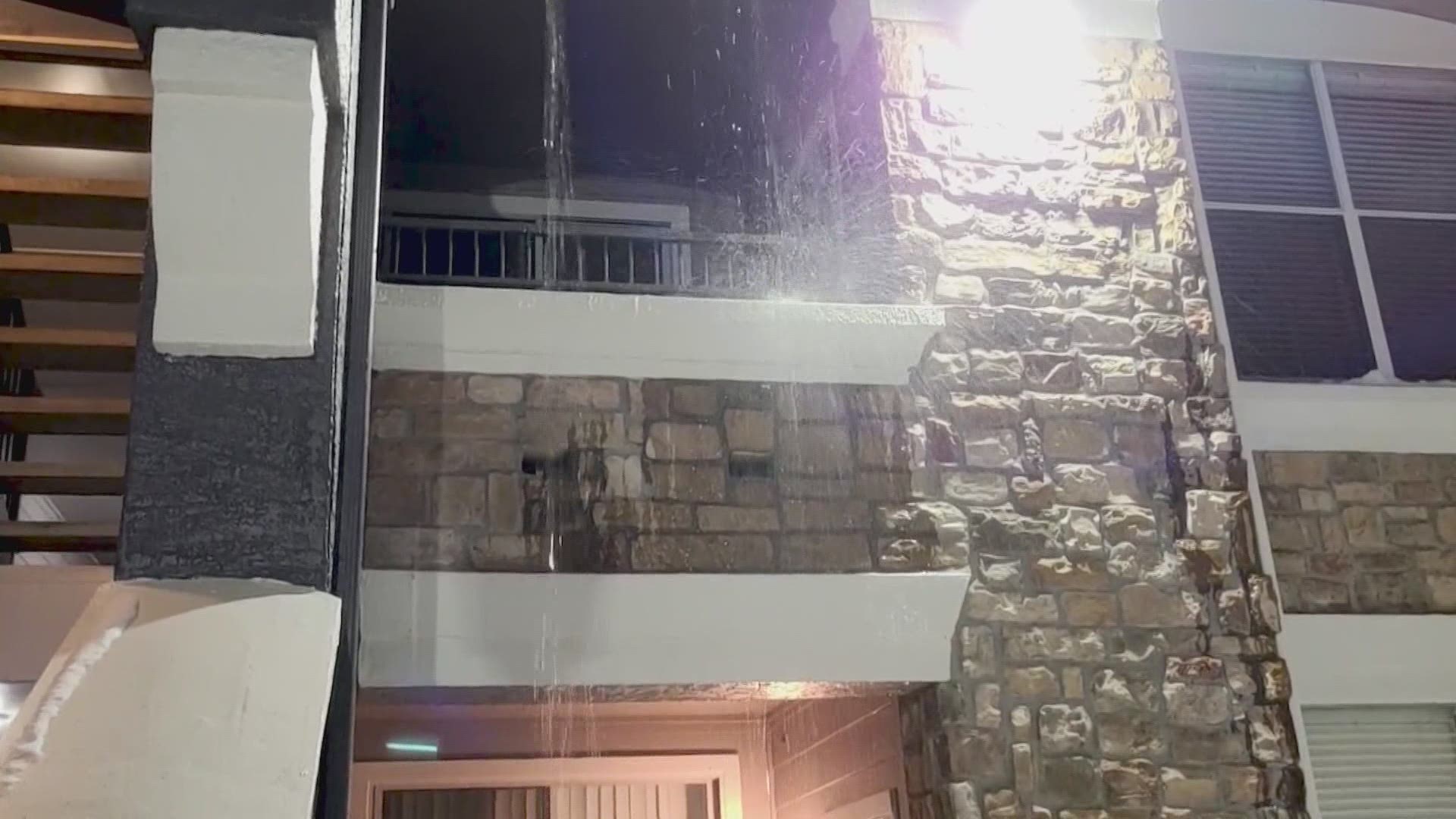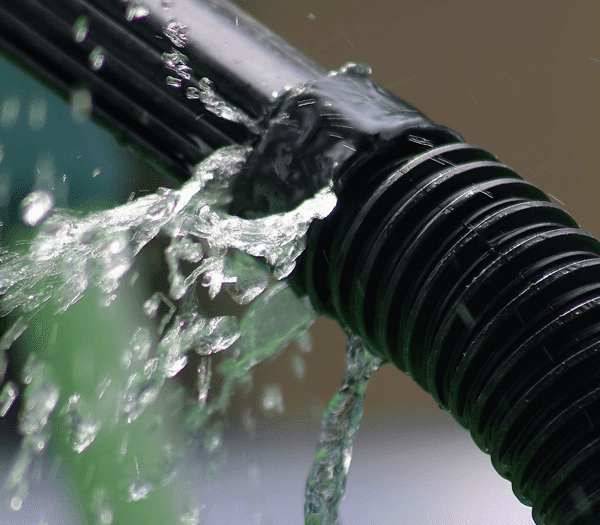How to Quickly Spot and Fix a Burst Pipe Problem
How to Quickly Spot and Fix a Burst Pipe Problem
Blog Article
Right here down the page you can locate lots of brilliant ideas related to What to Know Before Installing a Dishwasher.

A burst pipe is a major emergency; you can just stand as you see water you pay a lot to reunite with the earth. In worse instances, you discover a pool on your cooking area flooring, which is an excellent journey threat, especially if you have children around. If the pipe that burst was in your walls, trouble: you might require to paint that entire section.
How can a catastrophe like a burst pipeline be protected against as well as handled? Well, by listening to your specialist emergency plumbers as well as complying with these policies.
How do I understand when my pipes have burst?
Fluctuating water stress
Pipelines do not just burst in a day. You might have seen that your kitchen area tap or shower does not run instantly when you turn the tap. It may stop briefly for a few secs and after that blast you with more pressure than normal.
In other instances, the water may appear typical initially, then decrease in stress after a couple of seconds.
Infected water
Many individuals assume a burst pipe is a one-way outlet. Rather the contrary. As water drains of the hole or laceration in your plumbing system, impurities discover their method.
Your water may be polluted from the source, so if you can, examine if your water tank has any problems. However, if your drinking water is provided and also purified by the city government, you must call your plumber right away if you see or scent anything funny in your water.
Puddles under pipelines and sinks
When a pipeline bursts, the outflow forms a puddle. It might appear that the puddle is expanding in dimension, and also regardless of how many times you wipe the puddle, in a couple of mins, there's another one waiting to be cleaned. Commonly, you may not be able to trace the puddle to any kind of visible pipes. This is a sign to call a specialist plumber.
Damp walls and water spots
Prior to a pipe bursts, it will leakage, most times. If this consistent dripping goes undetected, the leakage may graduate into a vast wound in your pipe. One very easy method to prevent this emergency is to watch out for wet wall surfaces ad water stains. These water discolorations will certainly lead you right to the leak.
Untraceable dripping sounds
Pipe bursts can occur in one of the most undesirable areas, like within concrete, inside wall surfaces, or under sinks. When the house goes silent, you might have the ability to listen to an annoyingly consistent dripping noise. Also after you have actually inspected your shower head as well as kitchen area tap, the leaking may continue.
Beloved viewers, the dripping might be coming from a pipeline inside your walls. There isn't much you can do about that, other than inform an expert plumber.
Turn up the Heat
Establish fans to blow heat into chilly spaces. Keep the garage door shut. If you have lowered water flow, heat one of the most susceptible pipes (usually in cellars as well as crawl spaces or near outside walls) with a hair clothes dryer. Leave the tap on while you apply warm. As you thaw ice, the flow will certainly increase. To avoid pipelines from cold, protect your walls.
Begin Doing Away With the Water
Get hold of the mop, buckets and also a store vacuum to begin to eliminate the water due to the fact that you definitely don't want it soaking right into every little thing else in your home. Plus, a quick clean up will decrease the opportunities of something obtaining moldy.
What do I do when I find a ruptured pipeline?
Your water meter will certainly continue to run even while your water wastes. To decrease your losses, locate the primary controls and turn the supply off. The water pipe are an above-ground structure beside your property.
How to Fix & Detect a Leaking Pipe
How Do I Know if a Pipe is Leaking?
Leak detection tests can help you determine if your pipe has a leak. Even if you don’t see an apparent leak, you should still conduct leak detection tests regularly to save water and money—and prevent major damage to your home.
Water meter. It can be helpful to figure out what your usual water meter usage numbers are and then monitor them regularly. To monitor your meter, first, turn off all water faucets in your home. Check the meter and write down the numbers. In a few hours, check the meter again. If the numbers have changed, you have a leak. Water gauge. Use a water gauge to test your water pressure. Your showerhead should produce a certain amount of water pressure based on its model and design. If the pressure is lower than it is supposed to be for that specific showerhead, your home likely has a leak. Puddles. Look inside your bathroom, laundry, and kitchen sink cabinets. Puddles around the cabinets or around toilets, tubs, showers, and washing machines indicate the presence of a leaking pipe. You may also notice loose tiles, peeling or flaking paint, or mold caused by water accumulation. Napkin test. Even if you don’t see any puddles, you may still have a leak. You can test for water leaks in the bathroom, laundry, and kitchen by wiping below-sink connections with a napkin, paper towel, or piece of toilet paper. If it becomes damp, you probably have a leaking pipe under the sink. Discolored walls. Walls that are discolored—usually with brown or yellow stains—or bulging might mean that they have been impacted by water damage caused by a leaking pipe. Smell. A leaky pipe will create sitting water, and over time, that water may develop a musty smell. If your home smells musty, but you can’t locate the source, it may be due to a leak. Steps for Fixing a Leaking Pipe
A leaky drain can be remedied by tightening the pipe base, replacing the drain seal, caulking the rim, and tightening the pipe nut. Similarly, a leaking toilet pipe can be treated by tightening the packing nut. You may also need to replace the valve. A leaky faucet may just need tightening or replacement of the washers. If that doesn’t work, consider replacing your faucet. If your pipe has a hole in it, you may want to use a pipe leak sealer or pipe leak tape. This quick fix for water pipe leaks can also temporarily fix a copper pipe leak. https://www.ahs.com/home-matters/quick-tips/how-to-tell-if-pipes-are-leaking/

I was brought to that article on How to Prepare for Your Dishwasher Installation through someone on our other site. Sharing is nice. Helping people is fun. I recognize the value of reading our article about What to Know Before Installing a Dishwasher.
Quality commitment here. Report this page